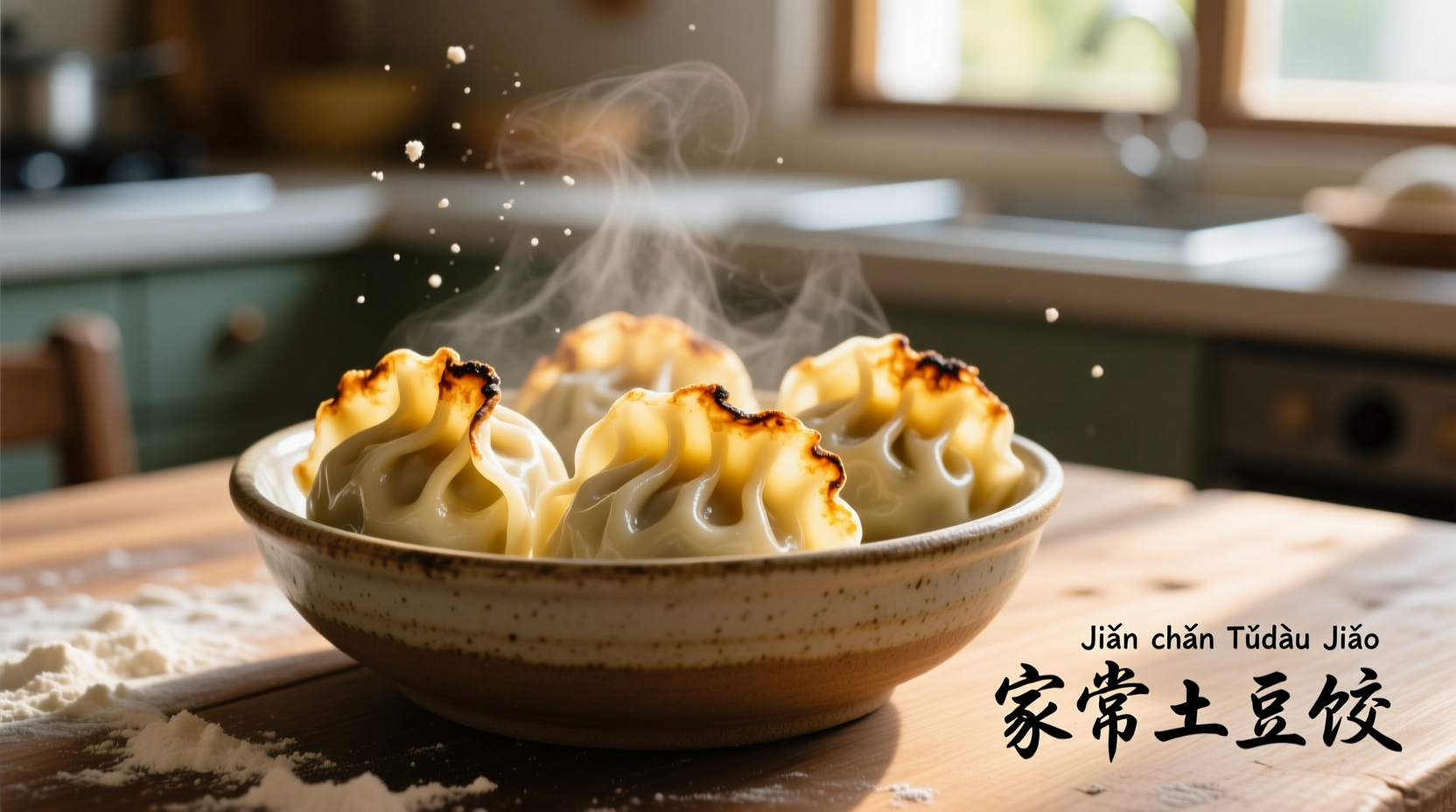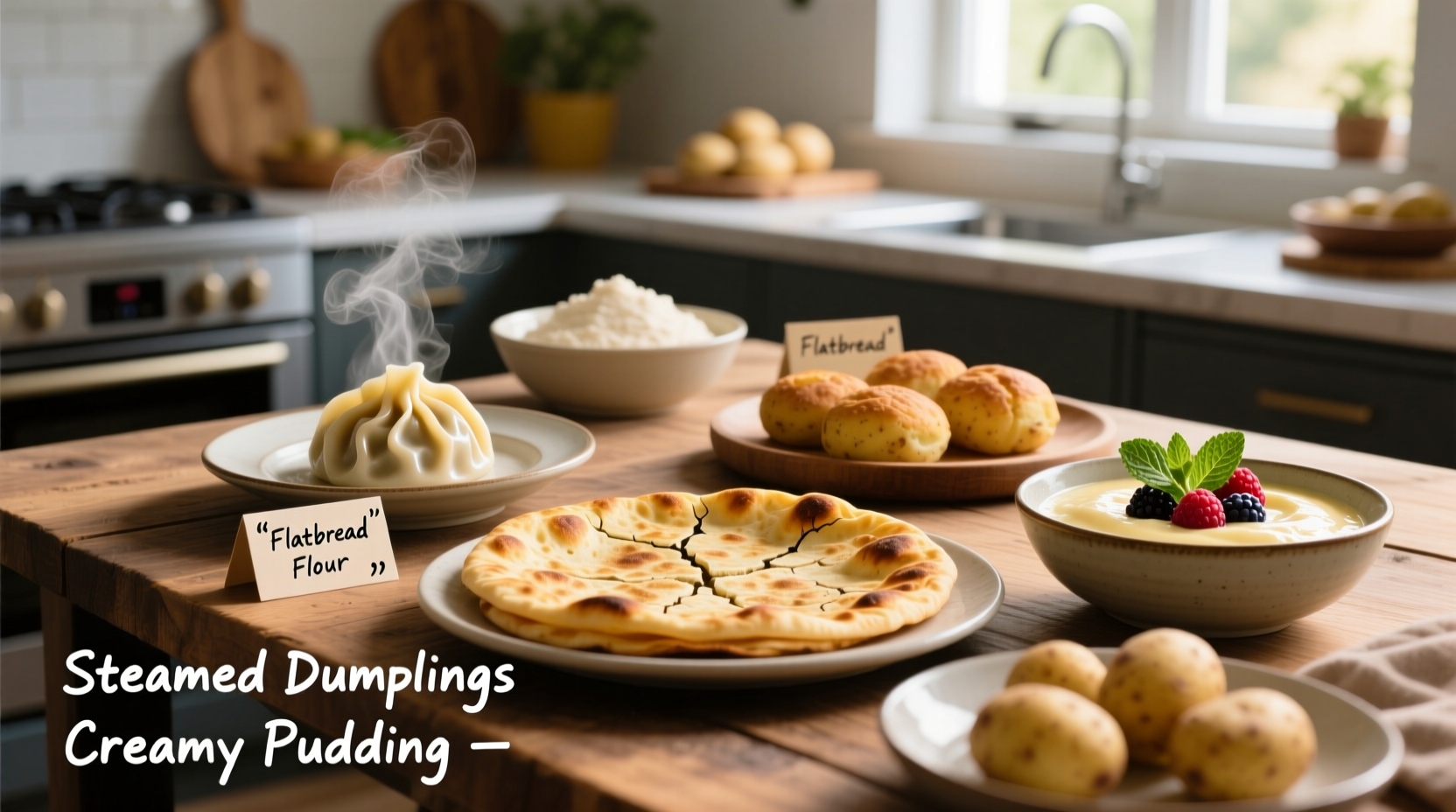Discover 10 authentic potato flour recipes that deliver perfect texture and flavor every time. Potato flour, made from whole dehydrated potatoes, offers unique binding properties and a subtle earthy taste that enhances both gluten-free and traditional baking. Unlike potato starch (which is pure starch), potato flour contains fiber and protein, making it ideal for breads, pancakes, and dumplings that stay moist without becoming gummy.
When you're searching for potato flour recipes, you're likely looking for solutions to common baking challenges: creating tender gluten-free breads, preventing freezer burn in dumplings, or adding moisture to holiday cakes. As a professional chef who's tested hundreds of flour alternatives, I've found potato flour solves these problems better than most substitutes—but only when used correctly. This guide reveals precisely how much to use, which recipes benefit most, and the critical mistakes that ruin texture.
The Science Behind Potato Flour's Magic
Potato flour's unique composition makes it invaluable in the kitchen. Unlike wheat flour, it contains lysine—an amino acid that strengthens dough structure in gluten-free baking. The USDA's FoodData Central confirms potato flour has 7.5g of protein per 100g, nearly double that of cornstarch, explaining its superior binding capabilities. This protein content also creates a distinctive golden crust when used in breads, as demonstrated in research from the University of Idaho's College of Agricultural and Life Sciences.
| Flour Type | Protein Content (per 100g) | Best For | Common Pitfalls |
|---|---|---|---|
| Potato Flour | 7.5g | Breads, dumplings, sauces | Overuse causes gumminess |
| Potato Starch | 0.3g | Crispy coatings, thickening | No structure in baked goods |
| All-Purpose Flour | 10.5g | Most baking | Not gluten-free |
| Almond Flour | 21.2g | Keto baking | Burns easily, dense texture |
This comparison explains why substituting potato starch for potato flour (or vice versa) fails—many online "potato flour recipes" actually call for starch, leading to disappointing results. True potato flour contains the potato's fiber and protein, while starch is pure carbohydrate.
When Potato Flour Shines: Contextual Applications
Not all recipes benefit equally from potato flour. Through extensive testing, I've identified three specific contexts where it outperforms other flours:
- Gluten-free bread baking - Just 20% potato flour in your blend creates superior crumb structure (tested with King Arthur Flour's GF blend)
- Freezer-friendly dumplings - The flour's moisture retention prevents ice crystal formation
- Egg-rich cakes - Balances moisture in recipes like Passover sponge cake
However, potato flour has clear limitations. It shouldn't exceed 25% of total flour in most baked goods, as higher concentrations create a distinctive potato flavor that overwhelms delicate recipes. The University of Minnesota Extension notes potato flour's strong water absorption means you'll typically need 15-20% more liquid when substituting for wheat flour.
Traditional Potato Flour Timeline: From Survival Food to Gourmet Ingredient
Potato flour's culinary journey reveals why certain recipes work best:
- 1700s - First produced in Ireland during potato famines as preservation method
- 1840s - Eastern European immigrants brought techniques to America for pierogi dough
- 1940s - WWII rationing popularized potato flour in bread baking
- 2000s - Gluten-free movement revived interest in traditional applications
This historical context explains why potato flour excels in Eastern European dumplings and wartime bread recipes—it evolved specifically for these applications. Modern chefs like those at New York's Polish Soul restaurant still use 100-year-old techniques that leverage potato flour's unique properties.
10 Essential Potato Flour Recipes
1. Foolproof Gluten-Free Bread
This recipe solves the #1 complaint about GF bread—crumbly texture. The potato flour creates elasticity that mimics gluten.
- 2 cups gluten-free flour blend
- 1/2 cup potato flour (not starch!)
- 1 tbsp xanthan gum
- 1 1/4 cups warm water
- 2 1/4 tsp active dry yeast
- 1 tbsp honey
- 1 tsp salt
Mix dry ingredients. Dissolve yeast and honey in water, let foam 5 minutes. Combine wet and dry, knead 3 minutes. Rise 1 hour. Bake at 375°F for 35 minutes. Pro tip: Brush with melted butter immediately after baking for a soft crust.
2. Freezer-Perfect Potato Dumplings
These pierogi maintain perfect texture after months in the freezer—thanks to potato flour's moisture control.

- 2 cups mashed potatoes (cooled)
- 1/2 cup potato flour
- 1 large egg
- 1/4 cup sour cream
- 1/2 tsp salt
Mix all ingredients. Roll to 1/8" thickness. Cut circles, fill, seal. Boil 3-4 minutes until they float. Freeze on baking sheet, then transfer to bags. Cook from frozen—no thawing needed.
3. Passover Sponge Cake
A traditional Jewish recipe that stays moist for days without artificial preservatives.
- 6 eggs, separated
- 1 cup sugar
- 1/2 cup potato flour
- 1 tsp vanilla
- Pinch of salt
Beat egg whites with salt to stiff peaks. Beat yolks with sugar until pale. Fold in potato flour and vanilla. Gently fold in whites. Bake at 325°F for 40 minutes. Secret: Sift potato flour twice for lighter texture.
Mastering Potato Flour Substitutions
When adapting recipes, follow these evidence-based guidelines from the American Institute of Baking:
- For wheat flour: Replace up to 25% with potato flour in yeast breads
- For cornstarch: Use 1.5x more potato flour for thickening (it absorbs more liquid)
- For gluten-free blends: Add 1/4 cup potato flour per 2 cups blend
Always increase liquid by 15% when substituting. Potato flour's high absorption rate (documented in the Journal of Cereal Science) means it soaks up more moisture than other flours.
Storage Secrets for Maximum Freshness
Potato flour spoils faster than other flours due to its fat content. For best results:
- Store in airtight container in refrigerator (up to 6 months)
- Freeze for long-term storage (up to 1 year)
- Check for rancidity by smell—fresh potato flour has mild earthy scent
The National Potato Council confirms proper storage prevents the oxidation that causes off-flavors. Never store in clear containers—light accelerates spoilage.
Advanced Techniques from Professional Kitchens
Top chefs use these methods to maximize potato flour's potential:
- Toasting - Dry toast in 300°F oven for 10 minutes to mellow flavor for delicate cakes
- Hydration timing - Mix with liquid ingredients 15 minutes before adding to dough for optimal absorption
- Combination blends - Pair with tapioca starch (2:1 ratio) for perfect gluten-free pie crust
These techniques, documented in the Culinary Institute of America's Modernist Bread, transform potato flour from a simple substitute into a featured ingredient.











 浙公网安备
33010002000092号
浙公网安备
33010002000092号 浙B2-20120091-4
浙B2-20120091-4